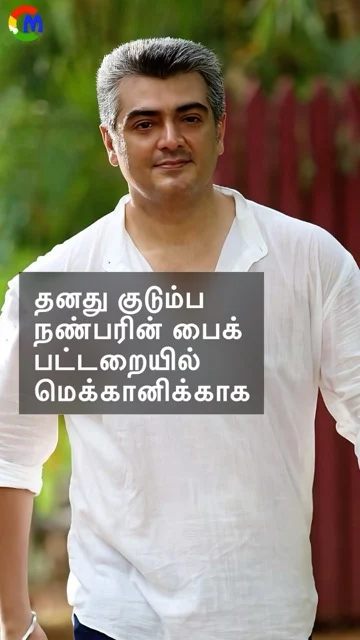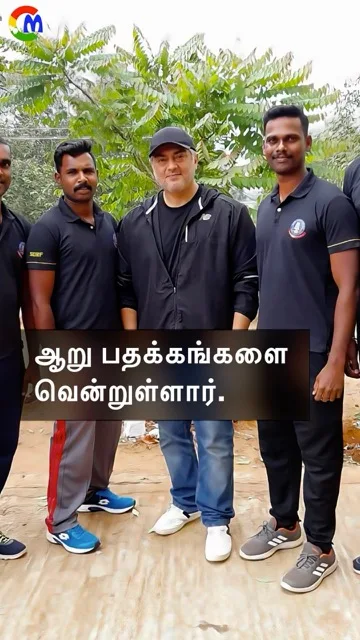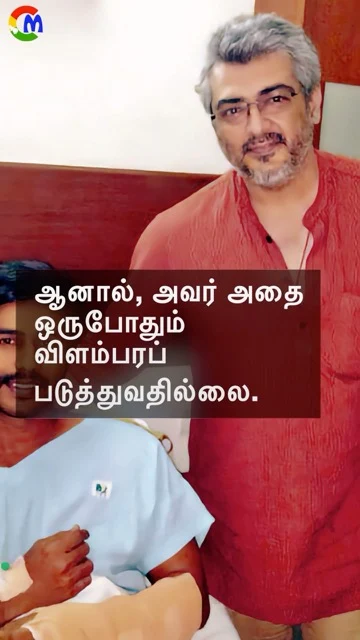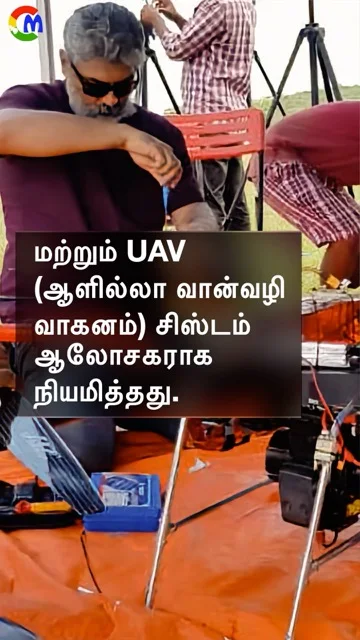நடிகை வரலட்சுமி சரத்குமாருக்கும், மும்பை கேலரிஸ்ட் நிக்கோலாய் சச்தேவுக்கும் ஜூலை 10, 2024 அன்று தாய்லாந்தின் கிராபியில் உள்ள அழகிய கடற்கரை ரிசார்ட்டில் நெருங்கிய உறவினர்கள் முன்னிலையில் திருமணம் நடைபெற்றது.
காலை தென்னிந்திய பாரம்பரிய முறைப்படி திருமணம் நடந்தது. அதைத் தொடர்ந்து, மாலையில் திருமண உறுதிமொழியை எடுத்துக் கொண்டனர்.
பின்பு, கடற்கரையில் அழகான ரொமாண்டிக் கொண்டாட்டமும் நடந்தது. இந்தத் திருமண விழாவில் நெருங்கிய குடும்பத்தினர் மற்றும் நண்பர்கள் கலந்து கொண்டு மணமக்களை வாழ்த்தினர்.































































































